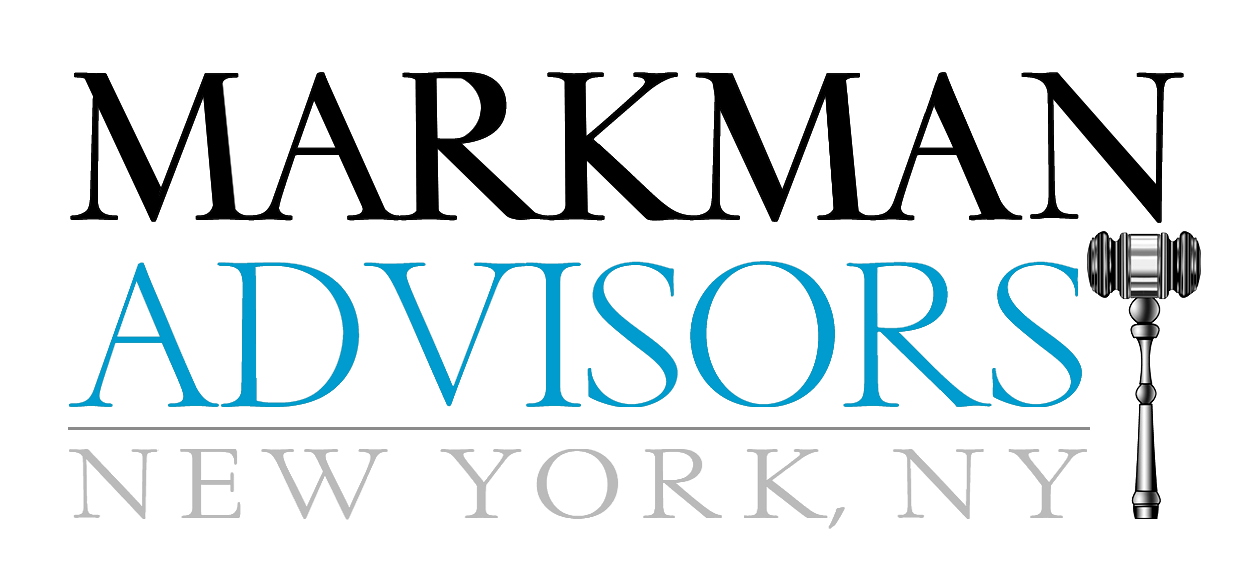In 2024, the Federal Circuit held—for the second time—that a generic pharmaceutical company could, under certain circumstances, be liable for inducing infringement of a method of use patent for a carved out indication. Hikma, the aggrieved generic, has petitioned to the Supreme Court. On June 23, the Supreme Court took an interest by soliciting the views of the United States. If left to stand, the growing precedent over inducement for section viii indications may stifle investment into generic drugs. Will the Supreme Court save lower-cost medications from inducement by skinny labels?
Read MoreBad facts make bad law. The case of GlaxoSmithKline’s lawsuit over Teva’s generic Coreg® drug is a case-in-point. I previously blogged about the case here and here. Given that the Supreme Court declined to grant certiorari, we’re now stuck with Federal Circuit precedent holding that a generic can still face liability for induced infringement of a method-of-use patent covering a section viii carved-out indication. What will be the consequences of this?
Read MoreI previously blogged about the surprising case, GlaxoKlineSmith v. Teva (GSK), where the Federal Circuit held that a generic pharmaceutical company can, under the right circumstances, be liable for inducing infringement of a method-of-use pharmaceutical patent despite carving out the patented indication from its label. The decision at first spooked the generic pharmaceutical industry, but was then followed by two additional opinions—one related to a panel rehearing, followed by another one, which issued on February 11, 2022, denying a hearing en banc, which included a fiery dissent. These decisions show clear disagreements among the Judges at the Federal Circuit. What is at the heart of this dispute?
Read More